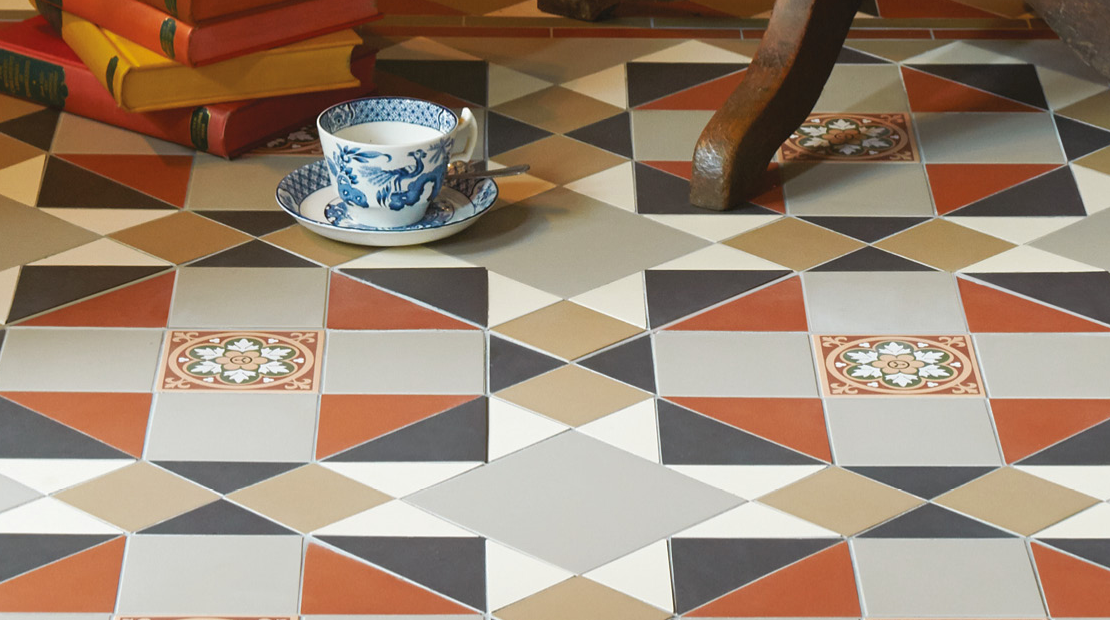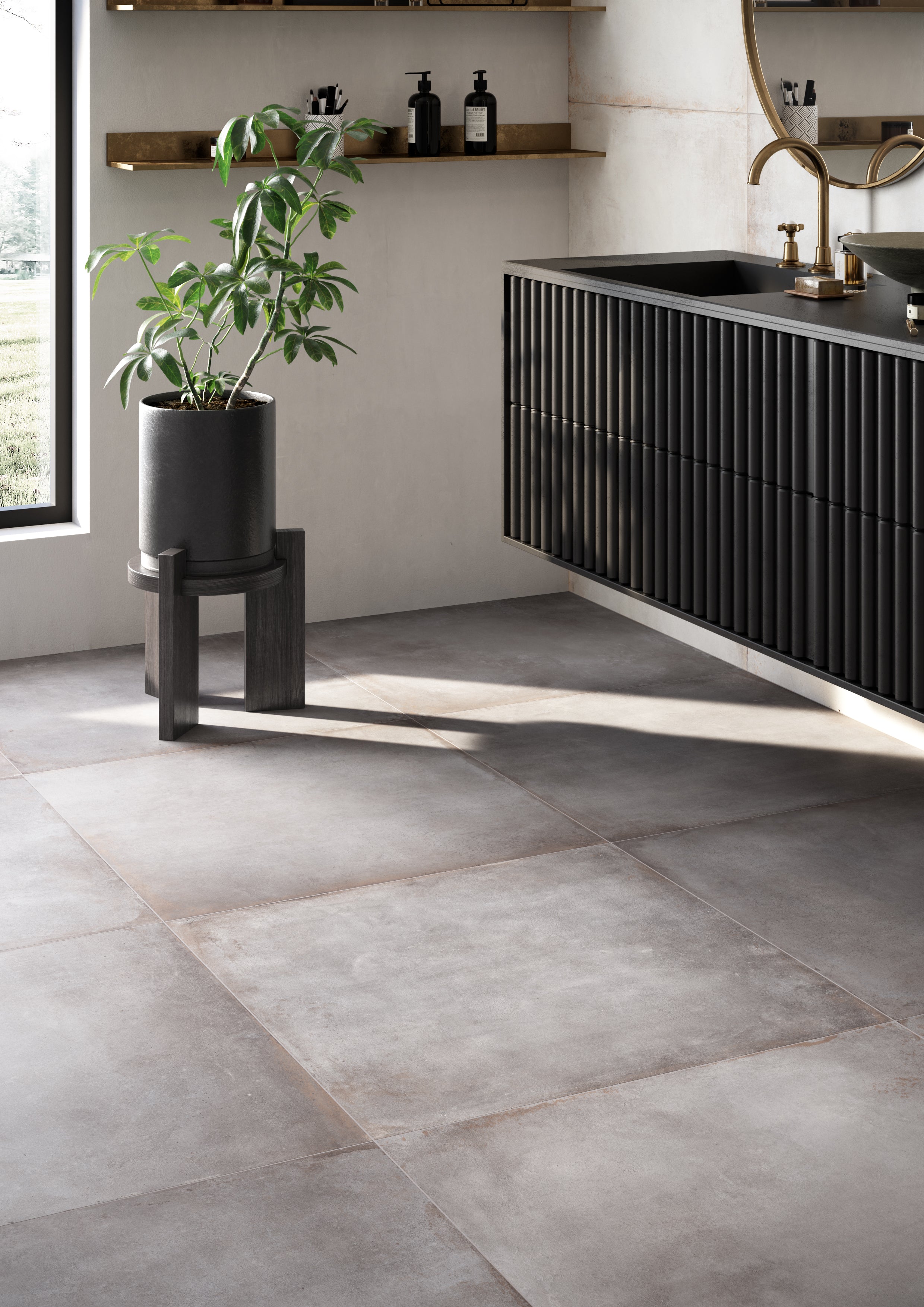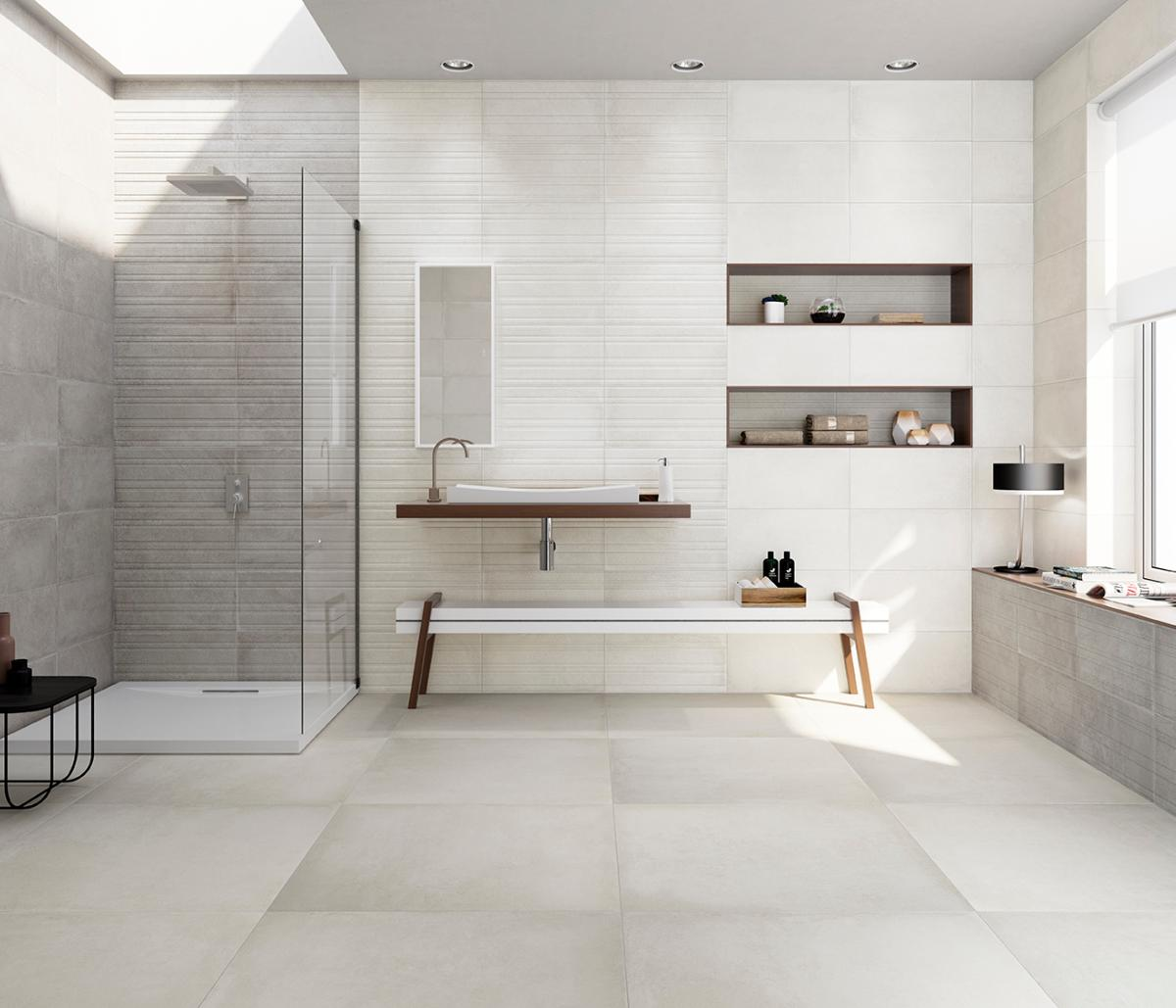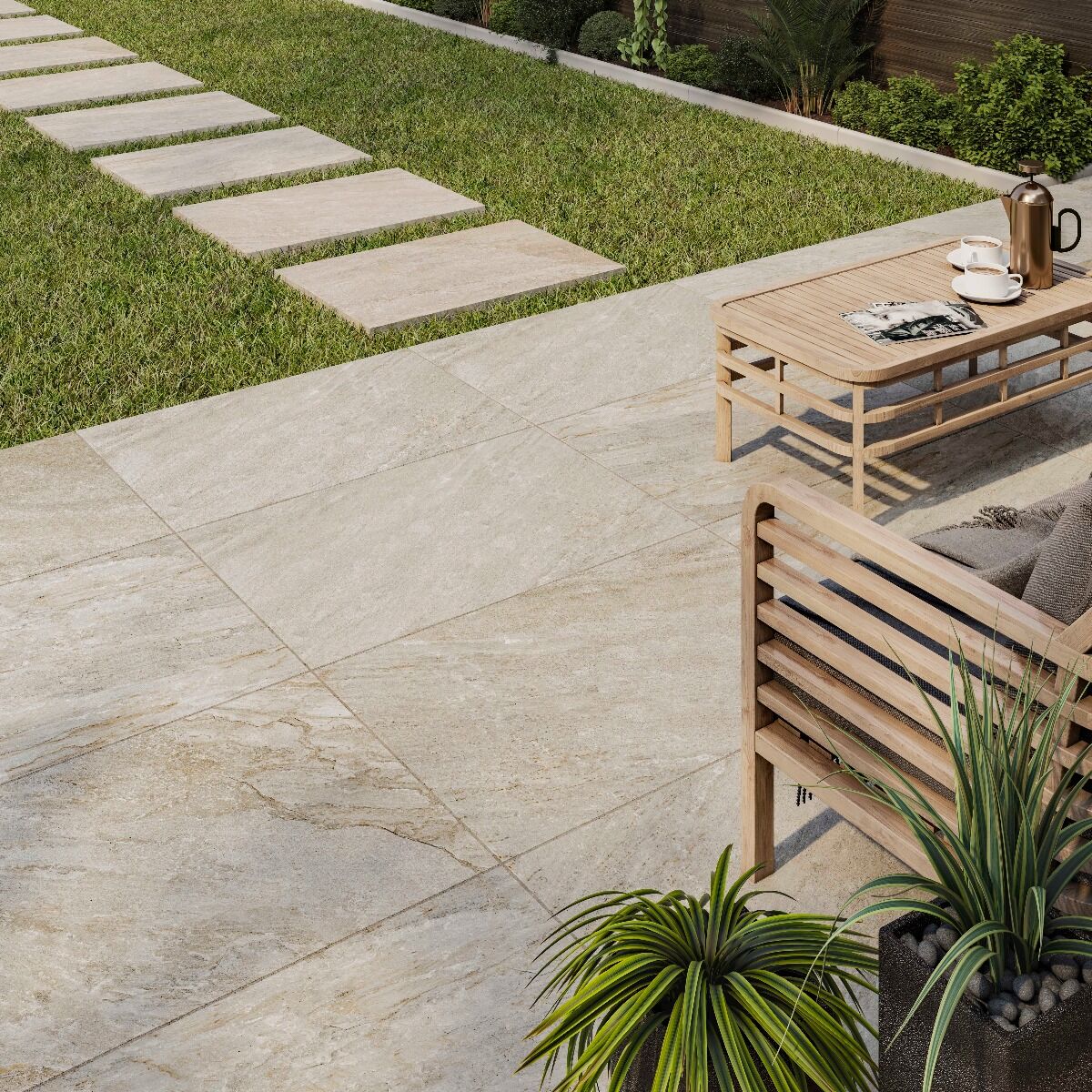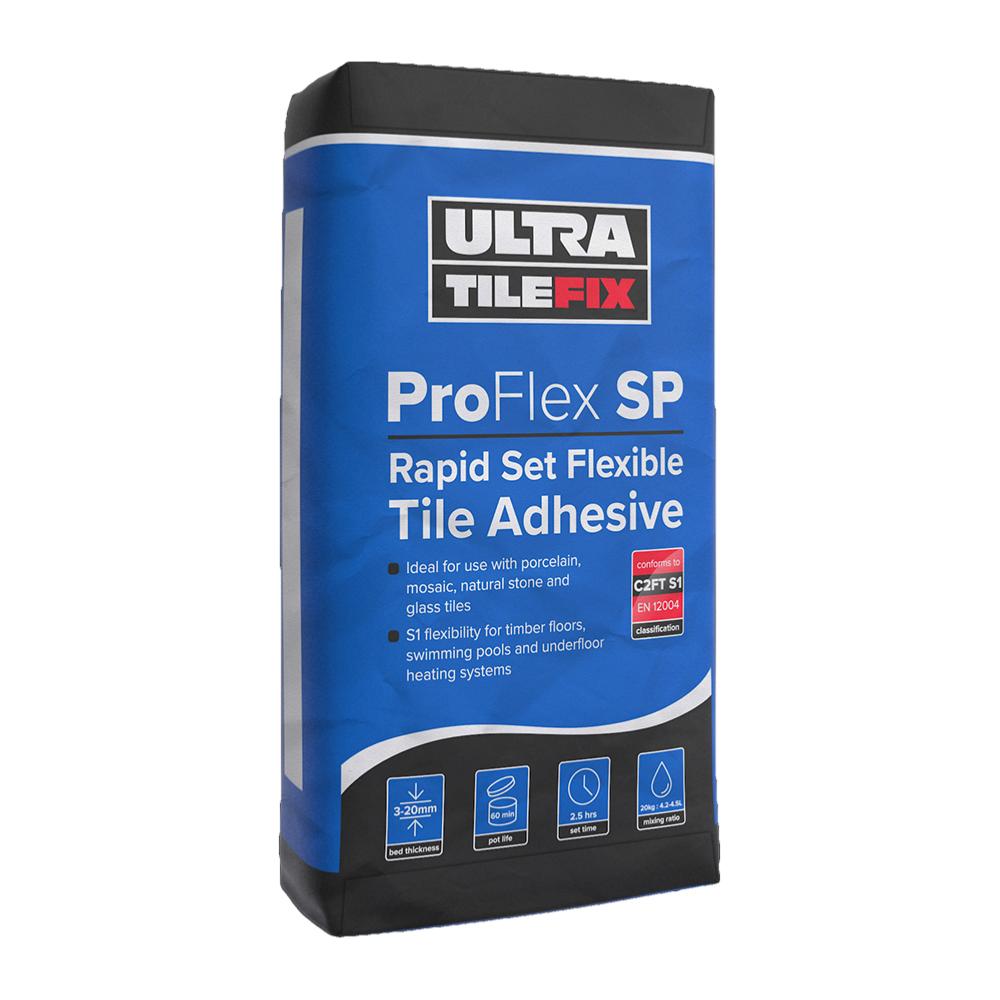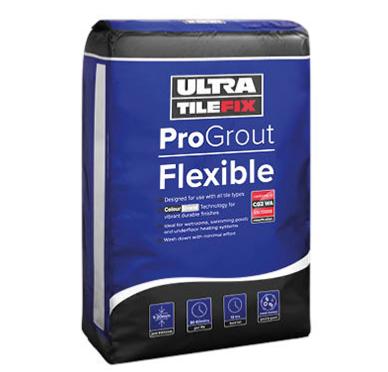Victorian tiles get their name from the era where bold geometric patterns were a popular choice, adorning the floors of kitchens and hallways alike. The intricate and decorative designs suit various applications and they always bring the classic charm of the era they represent. These tiles, originally known as encaustic tiles, are facing a resurgence in modern interiors, due to their enduring look and suitability to so many interior schemes. They are currently being used in both restoration projects and contemporary settings.
Victorian Tiles: A Historical Powerhouse
Victorian tiles, or encaustic tiles, first gained prominence in the 12th century when monks used them in religious settings. However, their use declined during the 16th century following the dissolution of monasteries under Henry VIII. It was not until the early 19th century, during the Victorian and Edwardian eras, that encaustic tiles experienced a revival. These tiles became celebrated for their durability and decorative appeal, making them popular for both private homes and commercial spaces. Today, Victorian tiles are cherished for adding timeless elegance to a variety of spaces, including Victorian tiles bathroom and Victorian tiles outdoor areas.
Choosing the Right Pattern of Victorian Tiles
Victorian tiles are known for their vibrant and distinctive color schemes, typically applied in hallways to showcase their beauty. Nowadays the Victorian tile style is created on a porcelain pr ceramic base, adapted to the necessities of modern living. The patterns remain true to the original style, as well as some new bold variations and twists on the classic. Some of the typical Victorian colors and combinations you can find on the market are:
Checkerboard Patterns:
Black and white Victorian tiles are an iconic staple, often used in checkerboard patterns for a classic and sophisticated look. The monochromatic look remains king in interior design, due to its ability to work in both traditional and contemporary spaces. You can also experiment with patterns that combine floral or intricate knits, along with the classic checkerboard. While simple black and white combinations are frequently seen in Victorian tiles hallway designs, enhancing the visual appeal of entryways and corridors. Try the Original Style Victorian Cambridge Pattern for a refined variation of this classic.

Rich Jewel Tones:
Colors such as royal blue, burgundy, and emerald green were historically used to create luxurious and eye-catching patterns. These jewel tones are prominent in Victorian tiles wall designs, adding a touch of opulence to various interiors. You can use them combined together in a deep entrancing fusion, or simply as design accents.
Earthy and Neutral Tones:
Earthy shades like beige, ochre, and brown provide a classic and understated look. These tones are often employed in Victorian tiles bathroom and Victorian tiles outdoor settings, creating a warm and inviting ambiance. Original Style Victorian Harrogate Pattern presents a delicately scaled-down octagon and dot design in a classic colourway.
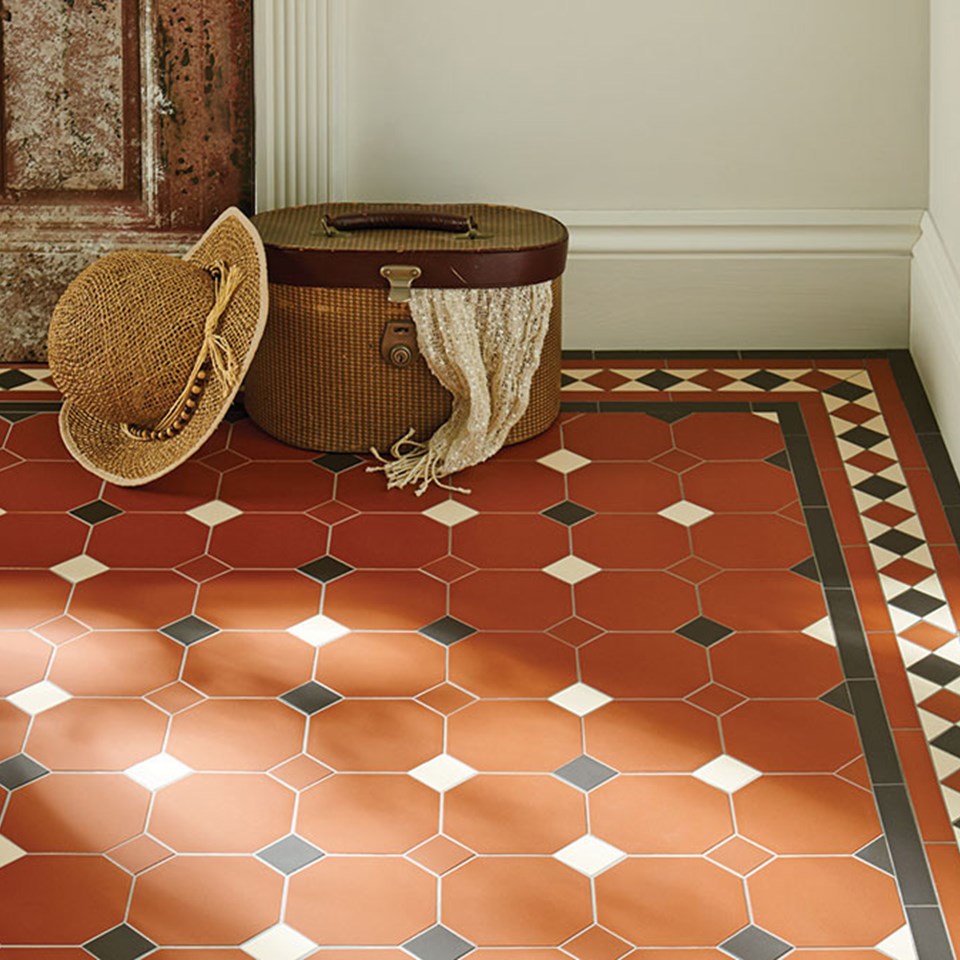
Trendy Pastels:
Pastel colors such as muted blues, greens, and pinks offer a gentle, vintage appeal. They are still modern, while paying homage to the original eclectic patterns. The advantage of using pastels is that they present a fresh alternative to the typical black and white Victorian patterns, demonstrating how contrast doesn't need to be amped-up the the extreme to be impressive. The Original Style Victorian Braemar Hawthorn Yellow and Dover White Pattern is a great representation of this bubbly design solution. Also try using tonal pastels like serene spring hues of sky blue, lavender, crips white and light grey to achieve a sense of harmony in a space.

Traditional Multicolour Patterns:
Mosaic designs featuring intricate patterns with multiple colors are truly impressive additions to the hallways and outdoors. These elaborate designs are a hallmark of Victorian craftsmanship and are used to create striking visual effects in various applications. Original Style Victorian Chatsworth Carnation Pink Pattern demonstrates a shade of dusty pink, balanced with a soft pastel pink and warm tones.

Two-Tone Variations:
Two-tone color schemes involve a primary color and a complementary accent color, providing a balanced and engaging look. This approach is used to create refined and visually dynamic designs in both Victorian tiles hallway and Victorian tiles wall applications.
Adding Handcrafted Decorative Tiles
Handcrafted decorative Victorian tiles add a unique and elegant touch to any design. Produced using traditional techniques, these tiles feature intricate patterns and multiple colors applied through screen printing. Available in various styles, including large panels, small accents, and intricate borders, handcrafted decorative tiles can enhance Victorian tiles bathroom, Victorian tiles outdoor, and Victorian tiles hallway designs. Their flexibility and charm offer a customized and distinctive aesthetic, making them a valuable addition to any space.
Getting Professional Assistance
It is advised that Victorian floor tiles be installed by a experienced professionals to handle the complexity of geometric tiling. This is recommended due to the intricate patterns and the need for precise alignment on the floors and walls. The small size of the individual tiles requires meticulous planning and attention to detail to ensure a seamless and visually appealing result. When selecting your pattern, it's important to consider the size and shape of the space, as well as how the tiles will coordinate with the existing decor and furniture in your home.
Call our skilled professionals Josh and Michelle to create your personalized Victorian pattern. We save you time and money, finding the best fit of colour, pattern, border and corner for your project!
01633 875003
sales@tilesahead.co.uk
Creating Your Personalized Victorian Pattern
Before installation, our professionals at Tiles Ahead determine the best spacing and layout for your tiles. The wide range of shapes and patterns available allows for the creation of virtually limitless designs. Mixing tiles from different boxes can help distribute color variations evenly, enabling the creation of unique and personalized patterns.

Choosing the Border
The main step in designing an ideal Victorian floor involves determining the placement of the border. The border serves as a decorative frame around the main design and, like the central pattern, is made up of various geometric shapes and colors. It's crucial to determine the appropriate width for the border, as some designs may be too wide or too narrow for your space.

This is the job of the specialist who makes sure to account for a 2mm gap for each joint and decides if the border would be inset from the walls or along the perimeter of the room. After determining the border's placement in the design, the next step is to calculate the number of borders and corners needed for the layout.
Designing Around Victorian Tiles
If you opt in for the classic Victorian monochrome design, it means black-and-white will dominate the space but will allow you enough freedom to experiment with other colours. Do not try to recreate the vintage feel of the tiles, but accentuate them with a few complementary elements and natural textures like jute, metal, and glass. For a room that exudes timeless elegance without merely replicating the original period, blend items from various eras.
For instance, pairing a Victorian block side table with an Art Deco-inspired light fixture creates a sophisticated fusion of distinct styles. Experiment with spatial proportions by employing techniques like panelling or dado rails to segment different paint areas. Using a darker shade on the lower walls and a lighter tone on the upper walls and ceiling can create the illusion of greater height to the space.

